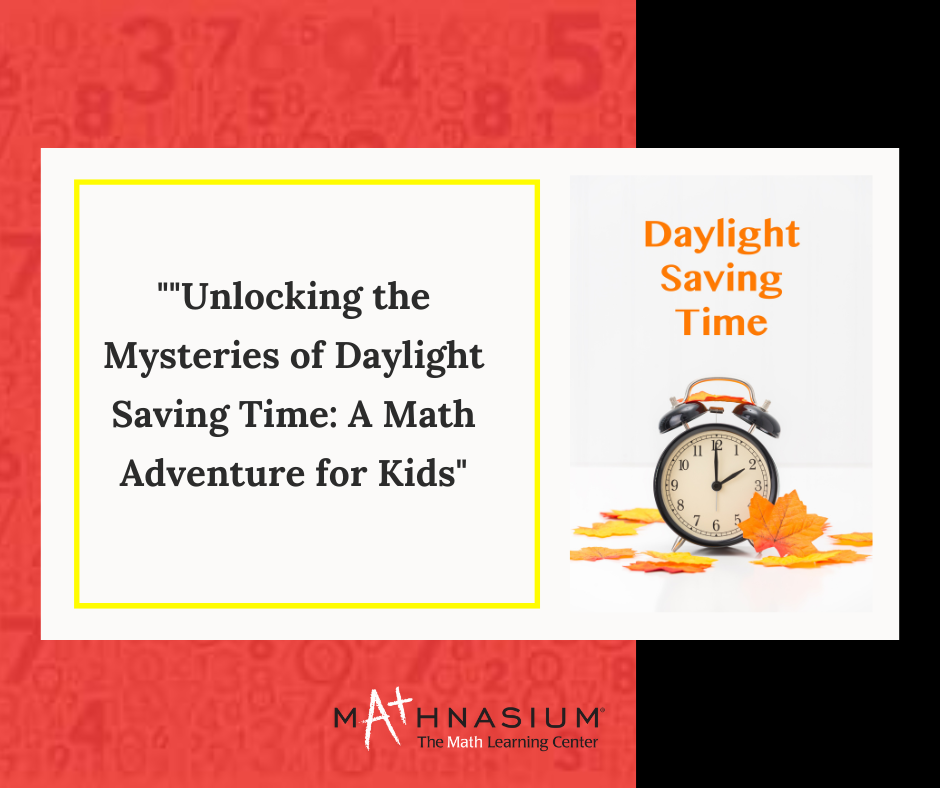Hello young mathematicians! Have you ever wondered why we change our clocks twice a year for something called "Daylight Saving Time"? It's not just about adjusting our schedules; there's a fascinating world of mathematics behind this annual ritual. Let's embark on a math adventure and explore the numbers that make Daylight Saving Time tick!
Time Travel with Numbers:
Daylight Saving Time is like a journey through time. In the spring, we "spring forward" by setting our clocks ahead by one hour, and in the fall, we "fall back" by setting them back by an hour. Imagine you have a magical clock, and you can manipulate time with just a few numbers! This shift in time helps us make the most of daylight during different seasons.
24 Hours in a Day:
Start by thinking about a day – a full 24 hours. Now, let's break it down into smaller parts. How many minutes are there in an hour? If you said 60, you're absolutely right! That means in a day, we have 24 hours * 60 minutes = 1440 minutes. But during Daylight Saving Time, we're playing with these minutes to maximize the sunlight.
Making the Most of Sunlight:
Now, let's talk about why we change our clocks. As the Earth orbits the Sun, the amount of daylight we get each day changes. Daylight Saving Time helps us make better use of natural daylight during longer days. By moving our clocks forward in the spring, we shift an hour of daylight from the morning to the evening, giving us more sunlight when we're awake and active.
Math Behind the Clocks:
Let's dig into some arithmetic. If we "spring forward" by 1 hour, what time becomes 2:00 AM? If you said 3:00 AM, you nailed it! That's an example of adding an hour. On the flip side, if we "fall back" by 1 hour, what time becomes 2:00 AM? If you said 1:00 AM, you're a math whiz!
Days and Weeks:
Now, let's consider the calendar. Daylight Saving Time starts on the second Sunday in March and ends on the first Sunday in November. How many months does that cover? Count them on your fingers – March to November is a total of 8 months! What about weeks? It spans about 8 weeks. So, when you adjust your clocks, you're not just playing with hours; you're influencing months and weeks too.
Congratulations, young mathematicians! You've just taken a journey into the mathematics of Daylight Saving Time. From adding and subtracting hours to exploring the concept of time travel, you've uncovered the numbers behind this annual tradition. So, the next time you change your clock, remember the math magic happening behind the scenes! Keep exploring the fascinating world of numbers, and who knows what other mathematical adventures await you!



 (352) 988-2939
(352) 988-2939







